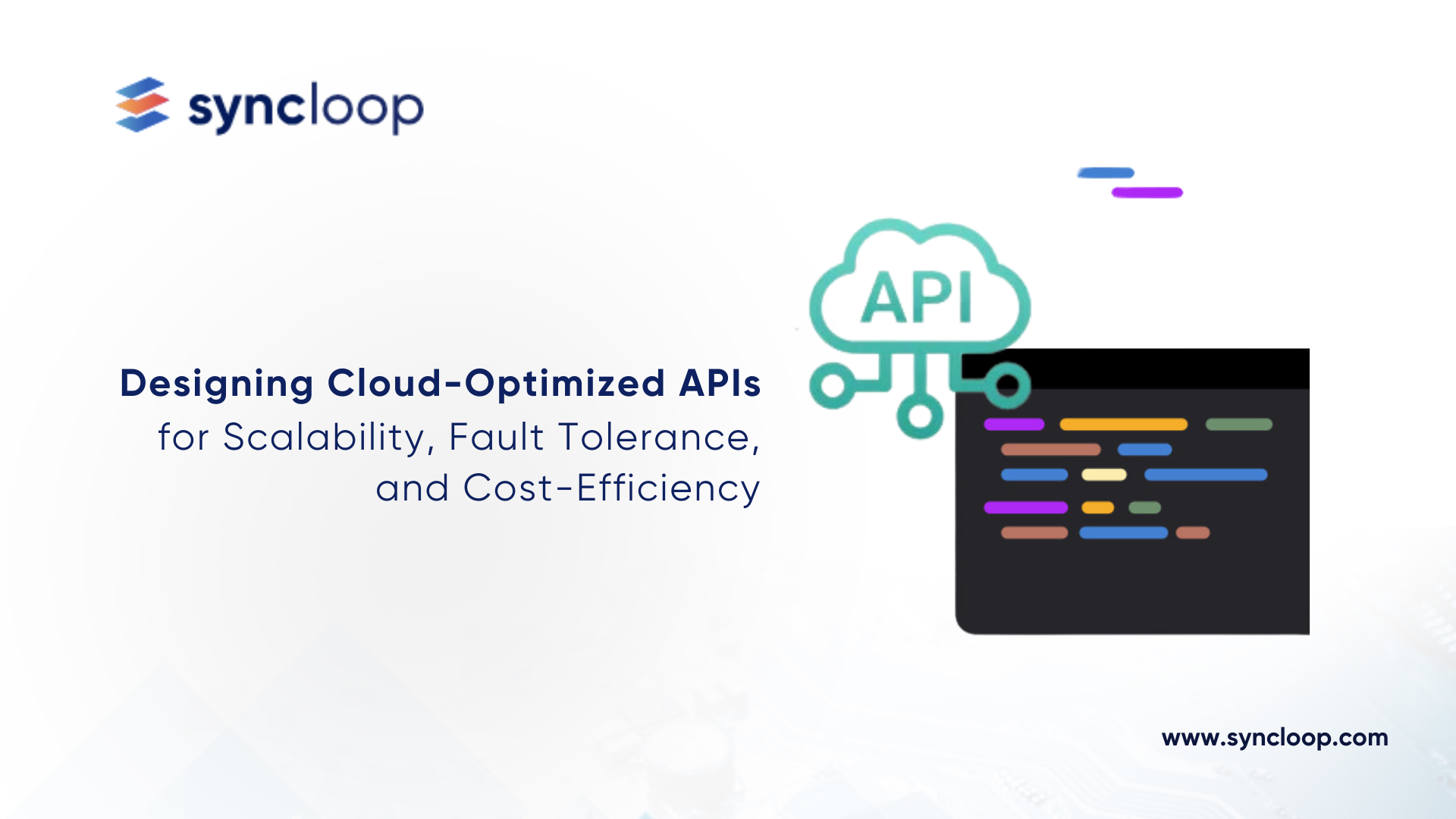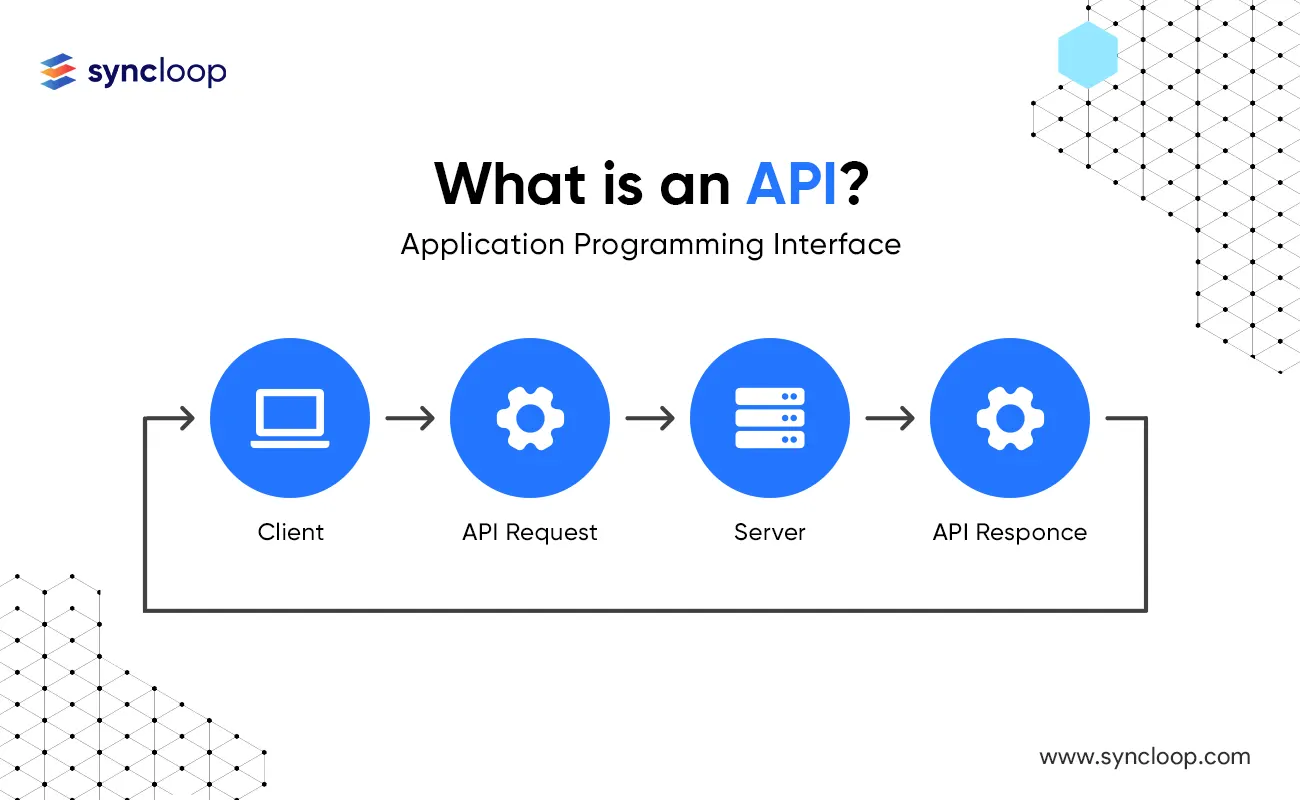Designing Cloud-Optimized APIs for Scalability, Fault Tolerance, and Cost-Efficiency
Posted by: Deepak | October 22, 2024

Categories: microservices, API gateway, cloud-native development
In today's cloud-native era, APIs (Application Programming Interfaces) serve as the backbone of modern applications and services. To ensure optimal performance, scalability, and cost-efficiency, APIs must be designed with cloud environments in mind. This blog delves into the key principles and best practices for designing cloud-optimized APIs, exploring their benefits, use cases, and technical considerations.
The Importance of Cloud-Optimized APIs
Cloud-optimized APIs are essential for:
- Scalability: APIs must be able to handle fluctuating workloads and scale seamlessly to meet growing demand.
- Fault Tolerance: APIs should be resilient to failures and disruptions, ensuring continued availability even in the face of challenges.
- Cost-Efficiency: APIs should be designed to optimize resource utilization and minimize costs, while maintaining performance.
Key Principles for Cloud-Optimized API Design
- Microservices Architecture: Break down complex applications into smaller, independent microservices that can be scaled and updated independently.
- Event-Driven Architecture: Utilize event-driven patterns to decouple components and enable asynchronous communication, improving scalability and responsiveness.
- Asynchronous Design: Design APIs to support asynchronous communication, allowing clients to initiate requests and receive responses at a later time, reducing latency and improving scalability.
- Statelessness: Ensure APIs are stateless, meaning they do not store session information, enabling horizontal scaling and load balancing.
- Caching: Implement caching strategies to store frequently accessed data, reducing the load on backend systems and improving response times.
- API Gateway: Utilize an API gateway to act as a single entry point for all API requests, providing centralized management, security, and load balancing.
- Monitoring and Observability: Implement robust monitoring and observability tools to track API performance, identify bottlenecks, and optimize resource utilization.
Benefits of Cloud-Optimized APIs
- Scalability: Cloud-optimized APIs can handle increased workloads without compromising performance.
- Fault Tolerance: APIs are more resilient to failures and can recover quickly from disruptions.
- Cost-Efficiency: Optimized APIs can reduce resource consumption and costs by leveraging cloud-based infrastructure.
- Improved User Experience: Faster response times and reduced latency lead to a better user experience.
- Agility and Innovation: Cloud-optimized APIs enable faster development and deployment of new features and services.
Use Cases for Cloud-Optimized APIs
- E-commerce: APIs can power scalable and responsive e-commerce platforms, handling high traffic volumes and ensuring a seamless shopping experience.
- Social Media: Cloud-optimized APIs are essential for social media platforms to handle massive user bases and real-time interactions.
- IoT Applications: APIs can connect IoT devices to cloud-based platforms, enabling data collection, analysis, and remote management.
- FinTech: Cloud-optimized APIs are crucial for financial services, ensuring secure and scalable transactions.
Tools and Technologies for Cloud-Optimized API Development
- Serverless Computing: Platforms like AWS Lambda, Azure Functions, and Google Cloud Functions allow you to run code without managing servers, providing scalability and cost-efficiency.
- Containerization: Technologies like Docker and Kubernetes enable packaging applications into containers that can be easily deployed, scaled, and managed across different environments.
- API Gateways: API gateways like Kong, Apigee, and AWS API Gateway provide centralized management, security, and load balancing for APIs.
- Monitoring and Observability Tools: Tools like Datadog, New Relic, and Prometheus can help monitor API performance, identify bottlenecks, and optimize resource utilization.
- Cloud-Native Development Frameworks: Frameworks like Spring Boot, Node.js, and .NET Core are designed to facilitate the development of cloud-native applications.
Challenges and Considerations
- Complexity: Designing and implementing cloud-optimized APIs can be complex, requiring careful planning and consideration of various factors.
- Security: Ensuring the security of APIs is crucial, especially when dealing with sensitive data.
- Cost Optimization: Optimizing resource utilization and avoiding overprovisioning is essential for cost-efficiency.
- Performance Monitoring: Continuous monitoring is necessary to identify and address performance bottlenecks.
Conclusion
Designing cloud-optimized APIs is essential for building scalable, resilient, and cost-effective applications in today's cloud-native landscape. By following the principles outlined in this blog and leveraging the latest tools and technologies, you can create APIs that meet the demands of modern applications and deliver exceptional performance.
Back to Blogs

